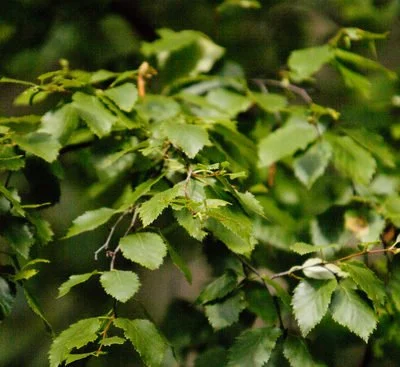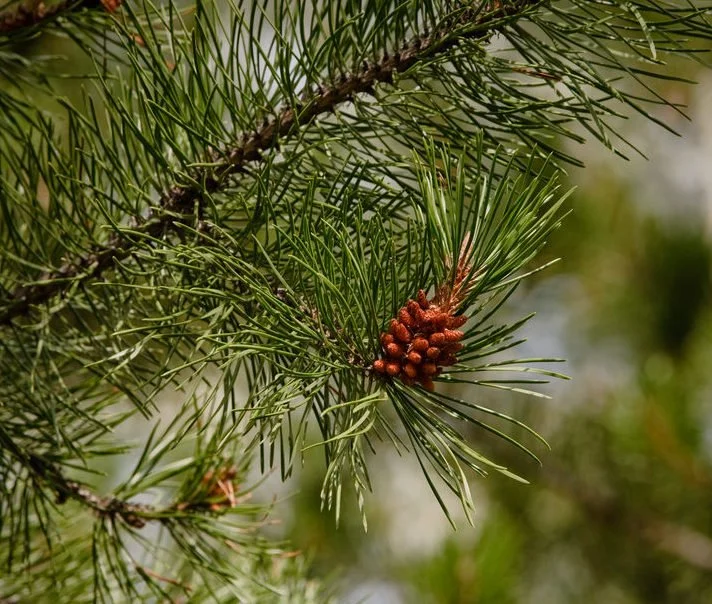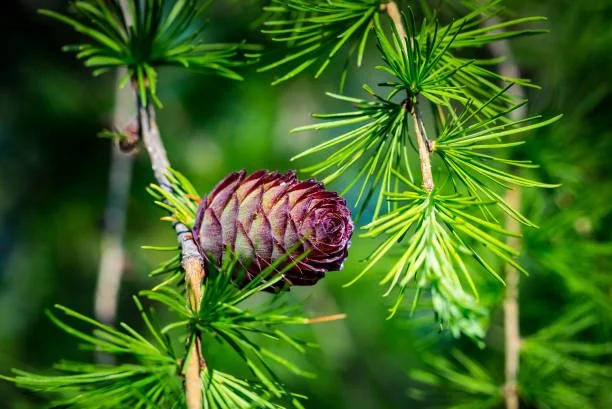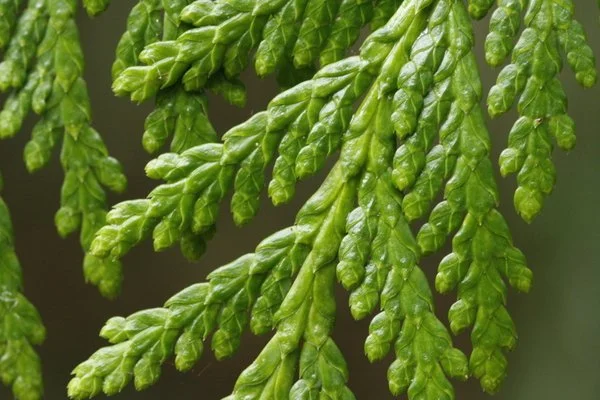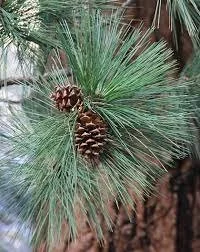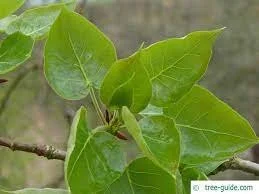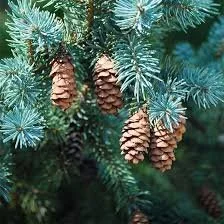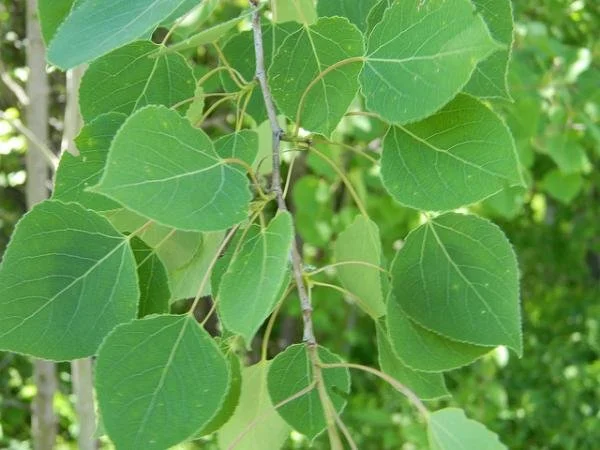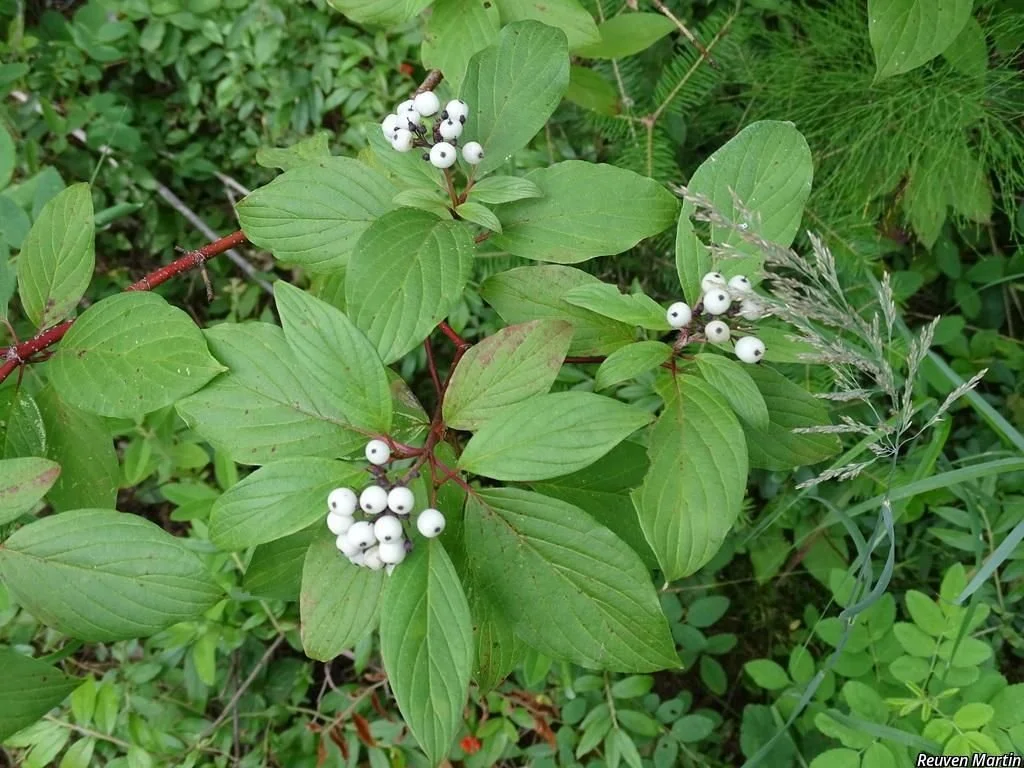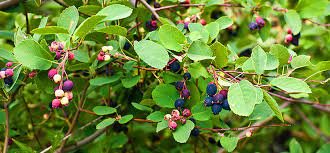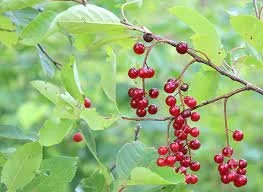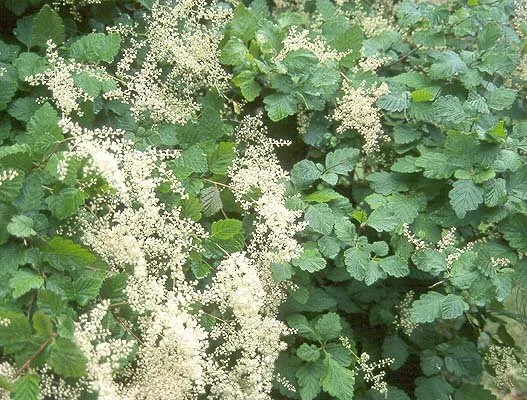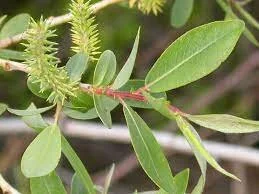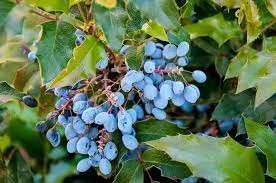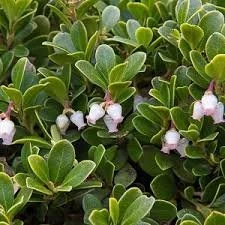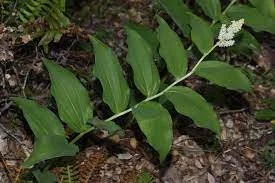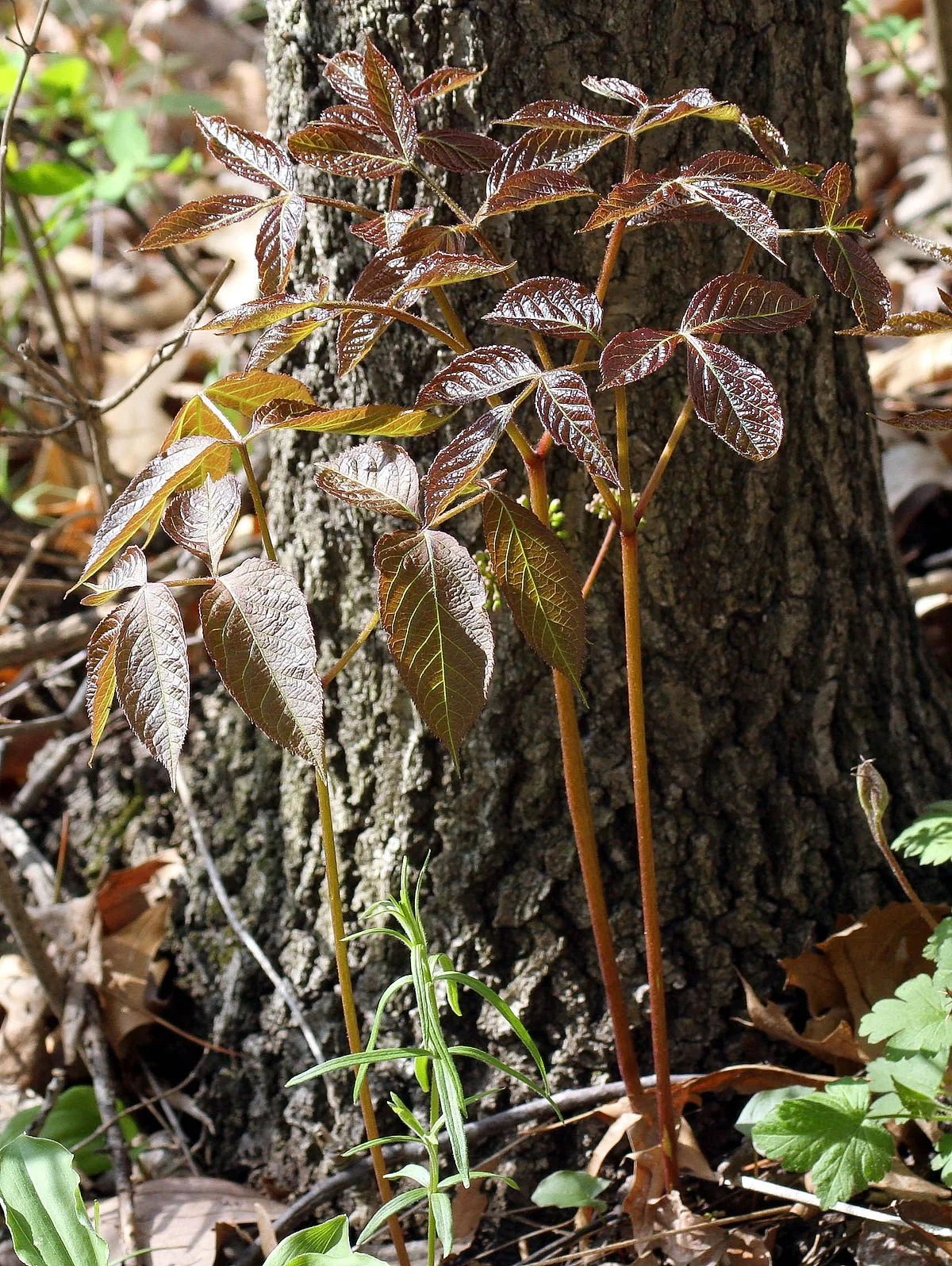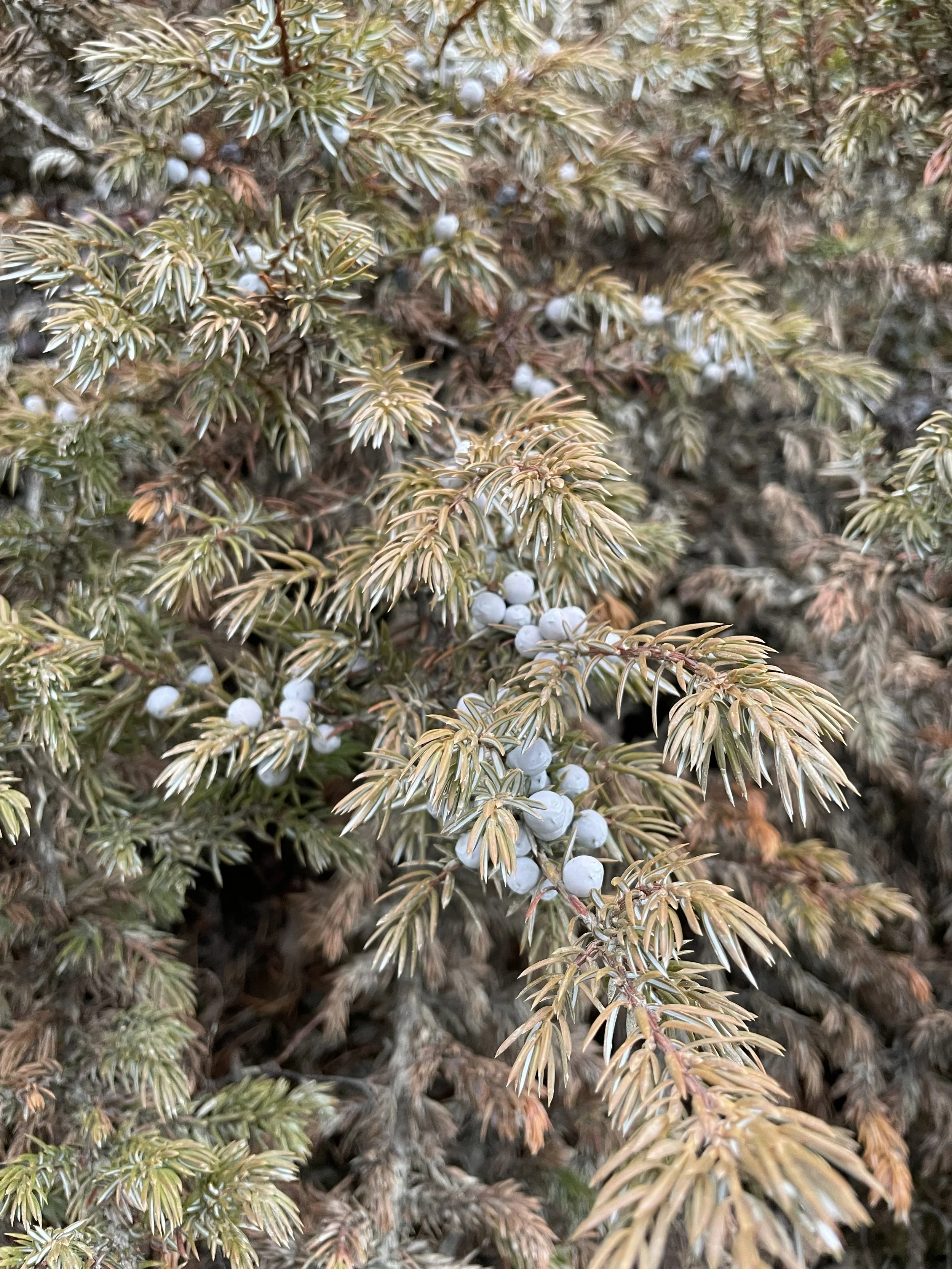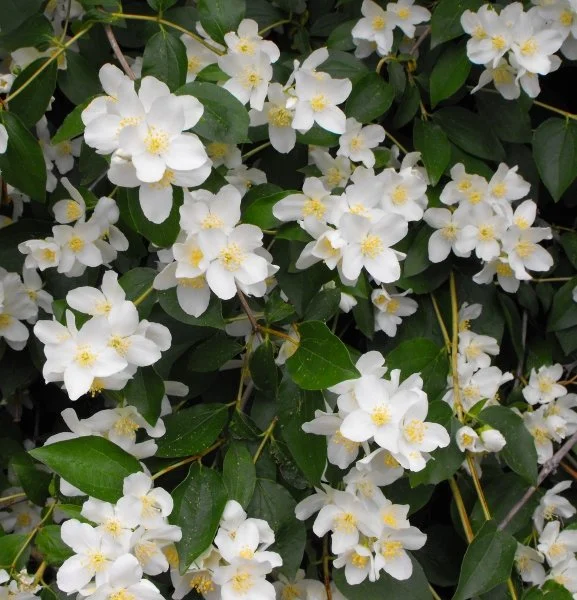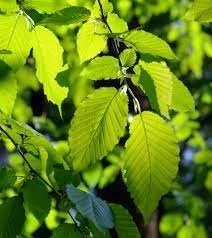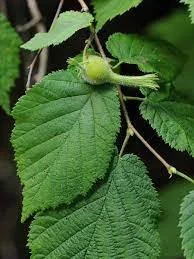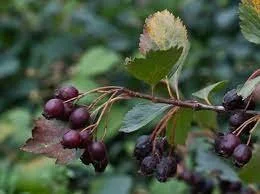
Forest Health
Understanding Ecological Connections…
We rely on and are connected to our forest ecosystems in many ways. The benefits we derive can be summed up in a concept called ecosystem services (see diagram). Healthy forests are necessary for clean air and drinking water, climate and pollution control, habitat, timber, fibre, natural foods and medicines, recreation and so much more!
Habitat destruction is the number one cause of species extinction. Minimizing habitat disturbance is a key to a sustainable forestry approach.
Maintaining and monitoring our forest health is important to CRMC. Forestry activities are limited to those that improve forest health.
The Douglas-fir Bark Beetle
Like many places in British Columbia, the “Fir Bark” beetle is a considerable threat to the health of our Douglas-fir trees and our community forest ecosystem. Burrowing into the bark of the tree, Douglas-fir Bark Beetles lay their eggs. Larva consume the inner cambium or phloem, and mature overwinter. Warm spring temperatures induce the metamorphosed adults to fly and find new trees to continue their life-cycle. “Trees are killed when the flow of food and water between roots and needles is blocked by feeding larvae and by dead sapwood cells killed by the blue-stain fungi carried by the Douglas-fir Bark Beetle adults.” (Province of British Columbia, 2021)
Low winter temperatures have the potential to kill the overwintering larvae/pupae, but in our area temperatures do not drop low enough, for long enough, to reduce the population. Traps placed in spring offer some control for flying adults. Infected trees are harvested and slash destroyed before spring fly to reduce the spread. Both Heckman Ridge and Cherry Ridge community forest blocks are managed for Fir Bark Beetle.
For more information, check out this Provincial guide: Managing Douglas-fir Beetles

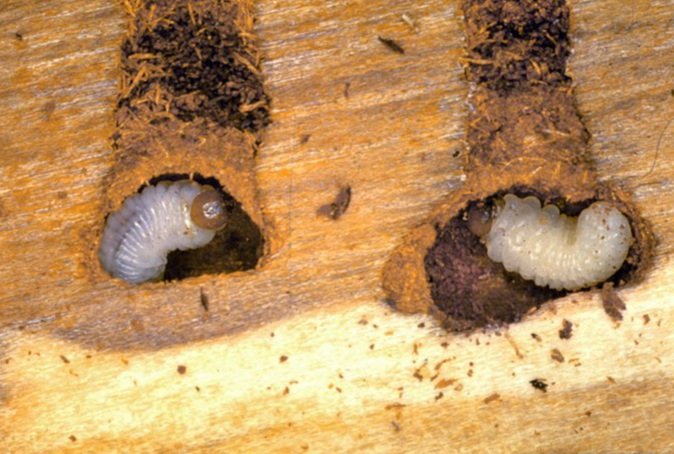
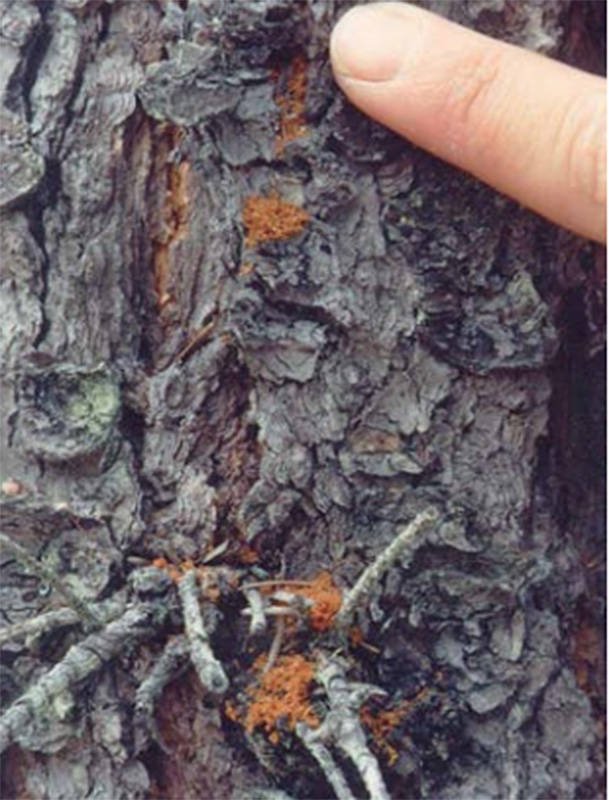
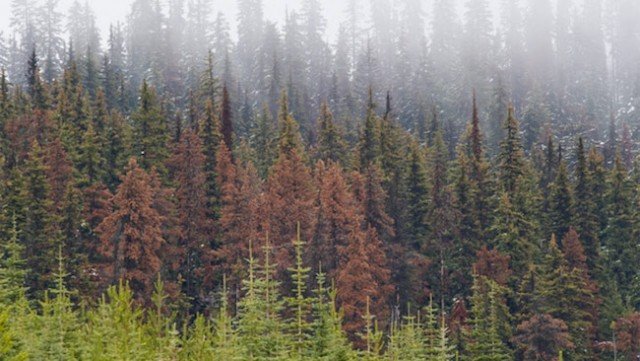
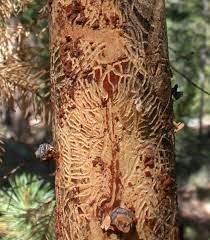
Citizen Science
Share your observations!
Citizen science refers to the concept that you don’t need a PhD to have valuable information to share. “Citizens”make many observations of flora and fauna and environmental disturbances or changes. You have the opportunity to contribute to a growing body of information by submitting your observations to groups like Nature Watch or the BC government at the following links.
BC Gov. Wildlife Incidental Observations
or to us at CRMC.
We would love to see your photos of the community forest!
Important Tree Species in the Community Forest
Herbs and Shrubs of the Community Forest
The Climate of CRMC’s Community Forest
Cherry Ridge is a south facing, predominately steep sloping land that receives all day sunshine. Cherry Ridge appears semi-arid, but hydrological reports reveal plentiful groundwater.
Heckman Ridge has a north-west aspect, steep slopes as well as an undulating ridge-line that flattens out towards Smoke Lake.
These areas exemplifies Cherryville’s unique transitional forests; the Okanagan to the Columbia/Kootenay. Our area falls in between the arid dry belt to the west, the Okanagan Valley, and the famous Canadian interior rainforest found north and east. That is to say, the community forest blocks are generally in the transition zone of the Interior Cedar Hemlock and Interior Douglas Fir Biogeoclimatic Ecological Classification zones and are within the Okanagan Shuswap Forest District.
Summer 2021 brought the highest temperatures, and below average rainfall. To explore charts Cherryville’s average temperatures, rainfall, snowfall, wind gusts and more, click here.
Cherry Ridge blowdown, 2021





